The 10 Best Materials for a Dog Run Floor
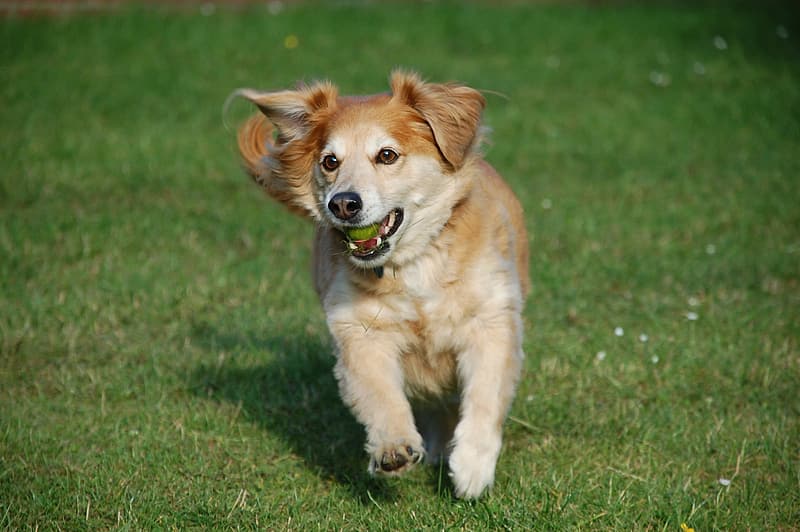
Depending on your situation, natural grass might be the best ground for dog runs and the easiest option to implement. Even if you don’t have a space to use as a dog run that’s already covered in grass, you could easily plant it in a dog run that you build. Of course, that means you’ll have to wait for it to grow!
Grass is very soft and easy on your dog’s joints, bones, and paws. It’s also easy to maintain since it doesn’t really need much upkeep.
On the other hand, grass has quite a few drawbacks. For instance, the grass can get torn up pretty quickly from your dog’s claws, especially if they have only a limited space to run in. You’ll also have a harder time picking up their droppings from grass than other materials. Finally, it can get pretty muddy and messy when it gets wet, so every time it rains! Pros
Cons
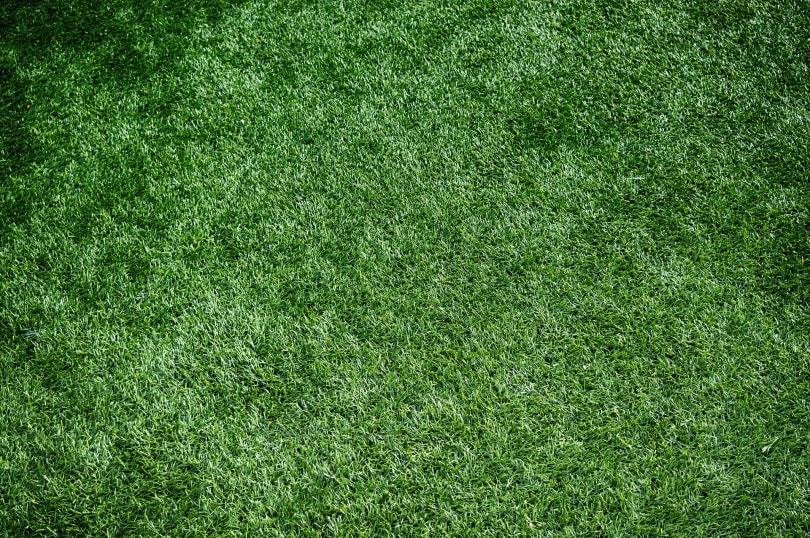
Artificial grass has a lot of the same benefits that real grass does, with fewer drawbacks. It’s not going to be a muddy mess if it gets wet. Moreover, artificial grass is much easier to clean than real grass, so your dog’s droppings won’t be as big of a deal. It’s also dead-easy to care for, since there’s nothing you can kill!
The downside to artificial grass is the price. It’s a rather expensive material, and if you have to pay for installation, the cost can increase exponentially. It’s also not a great choice in warmer climates because it can get very hot in the sun and potentially burn your dog’s paws. Pros
Cons
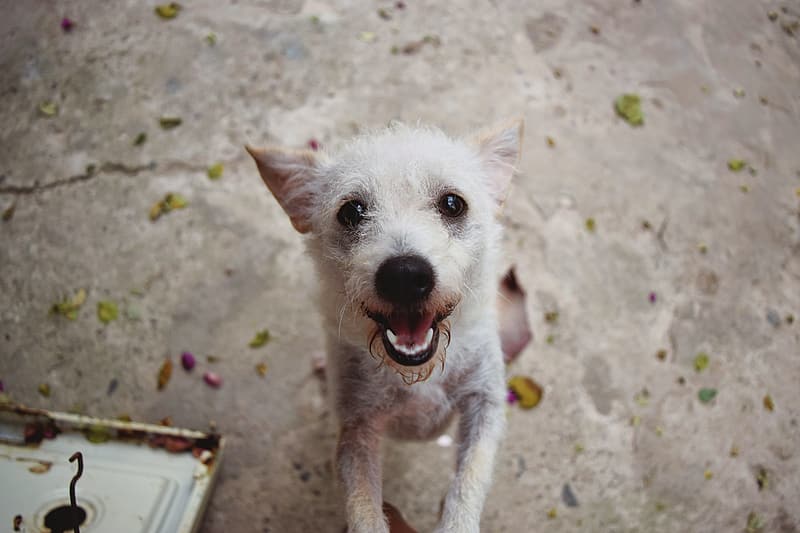
Concrete is about as durable of a material as you could use for your dog run. It won’t break down over time, even with constant exposure to weather and your dog’s claws. In fact, it can help keep your dog’s nails nice and trim so you won’t have to trim them yourself! But it can be a bit harder on their joints and paws than other softer materials.
One major benefit of concrete is how easy it is to clean. You can easily remove any droppings, and a quick pressure wash will remove any unwanted messes or staining. The concrete can even be slightly sloped to help water drain.
Keep in mind, concrete can absorb the sun’s heat and get quite hot. It’s not as bad as asphalt, but it can burn your dog’s paw pads if it gets too hot in direct sunlight. It can also get very cold in the winter, sapping the warmth from your dog’s body if they lay on it. Pros
Cons
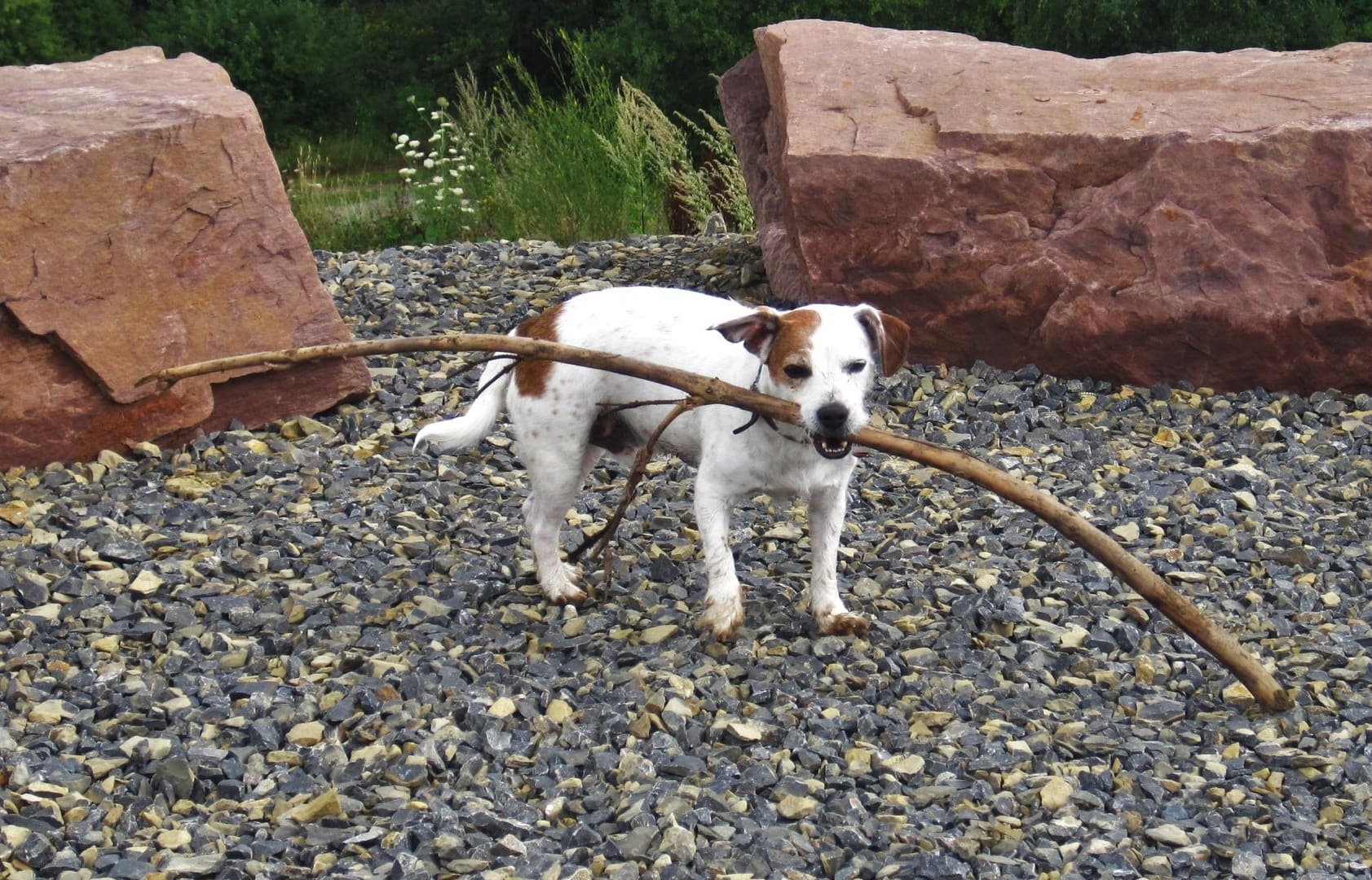
Gravel is another material that’s commonly used for dog runs. It drains water easily, it’s cost-effective, and it can help to keep your dog’s nails short like other hard surfaces.
But gravel can also get pretty hot in the sun. It also tends to get thrown around when your dog runs, creating paths that need to be raked out on a regular basis. And if your dog is a digger, then you can expect a lot of messes to clean up!
Of course, there are many types of gravel available, and some are better than others. You might try pea gravel or crushed limestone instead of regular gravel. Both are priced reasonably and will hold less heat than other types of gravel. Plus, limestone can help reduce the smell of droppings and urine. Pros
Cons
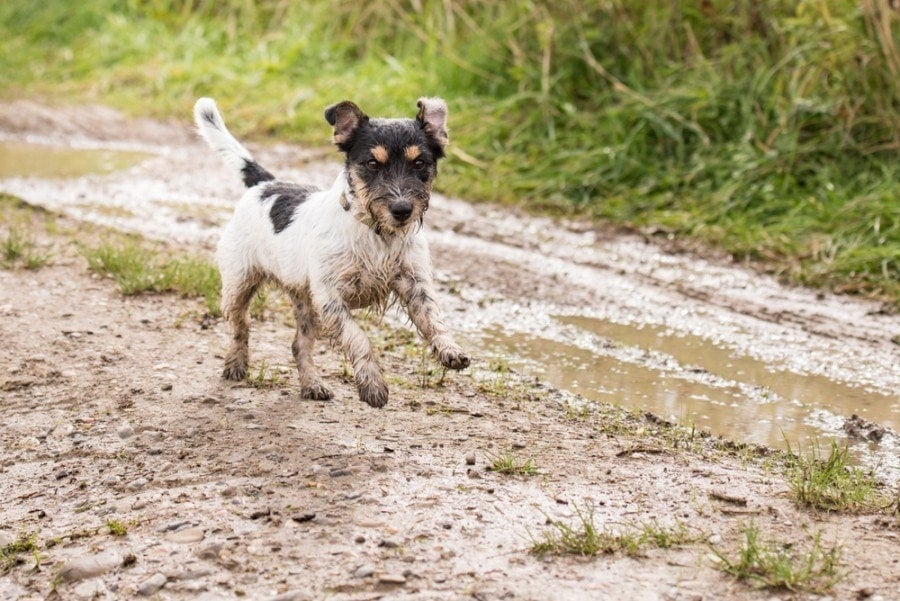
Dirt is cheap, free if you dig it from your own yard, and it’s soft on your dog’s paws. It might already be the surface where you’re building your dog run, which would make it the easiest material to use. Unlike many other options, dirt won’t retain much heat from the sun, so your dogs won’t get burnt.
But dirt can be quite a mess. Your dogs might track it inside after each run, and it’s worst after it rains! That mud won’t be fun to clean up from your floor. Dirt also isn’t the most visually appealing option, though it definitely is the cheapest. Pros
Cons
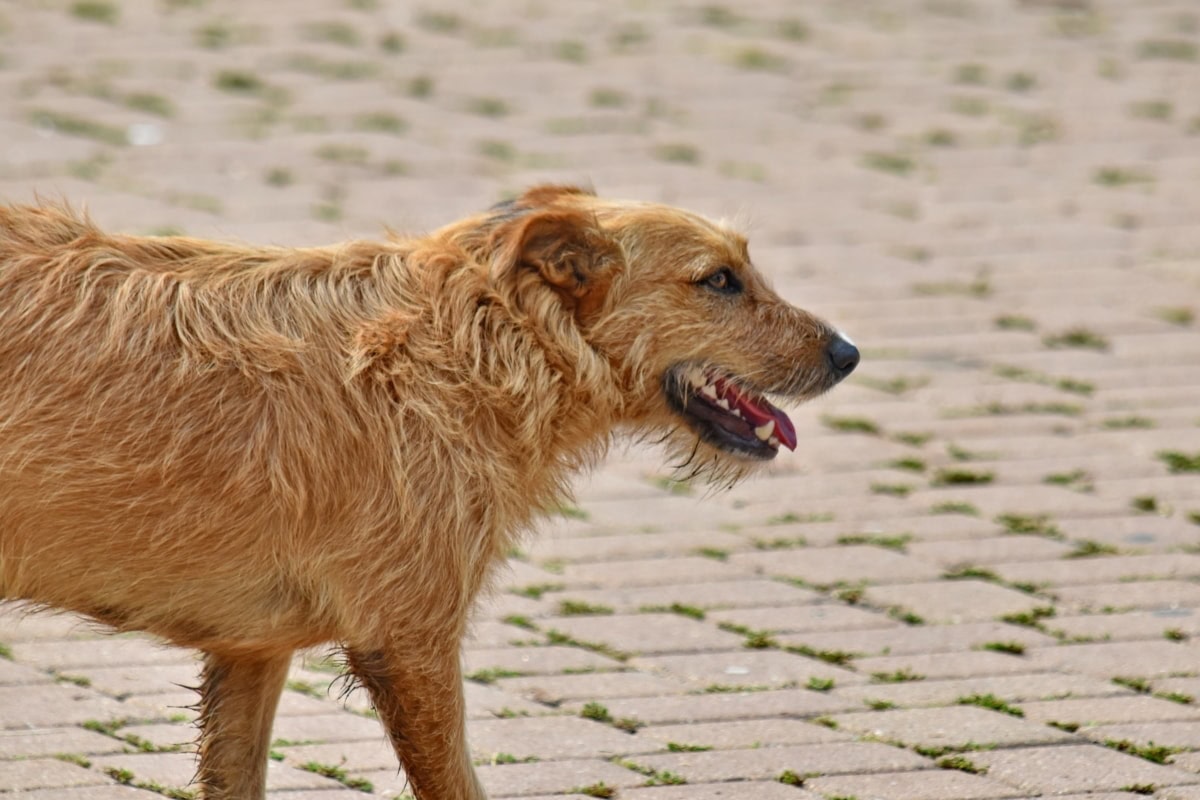
Stone pavers are relatively inexpensive and they’re much more attractive than many of the other materials you could use in your dog run. They create a slip-resistant surface so your dogs will get plenty of traction, and it will also help to keep your dog’s nails short and trim.
When it comes to cleaning up dog waste, pavers make it simple. You can easily pick up anything solid and simply hose off the rest.
Like many other hard surfaces, paving stones can get pretty hot in direct sunlight, which can, in turn, burn your dog’s paws. But if you live in a cooler climate or you can keep them shaded, then pavers are an excellent choice for any dog run. Pros
Cons
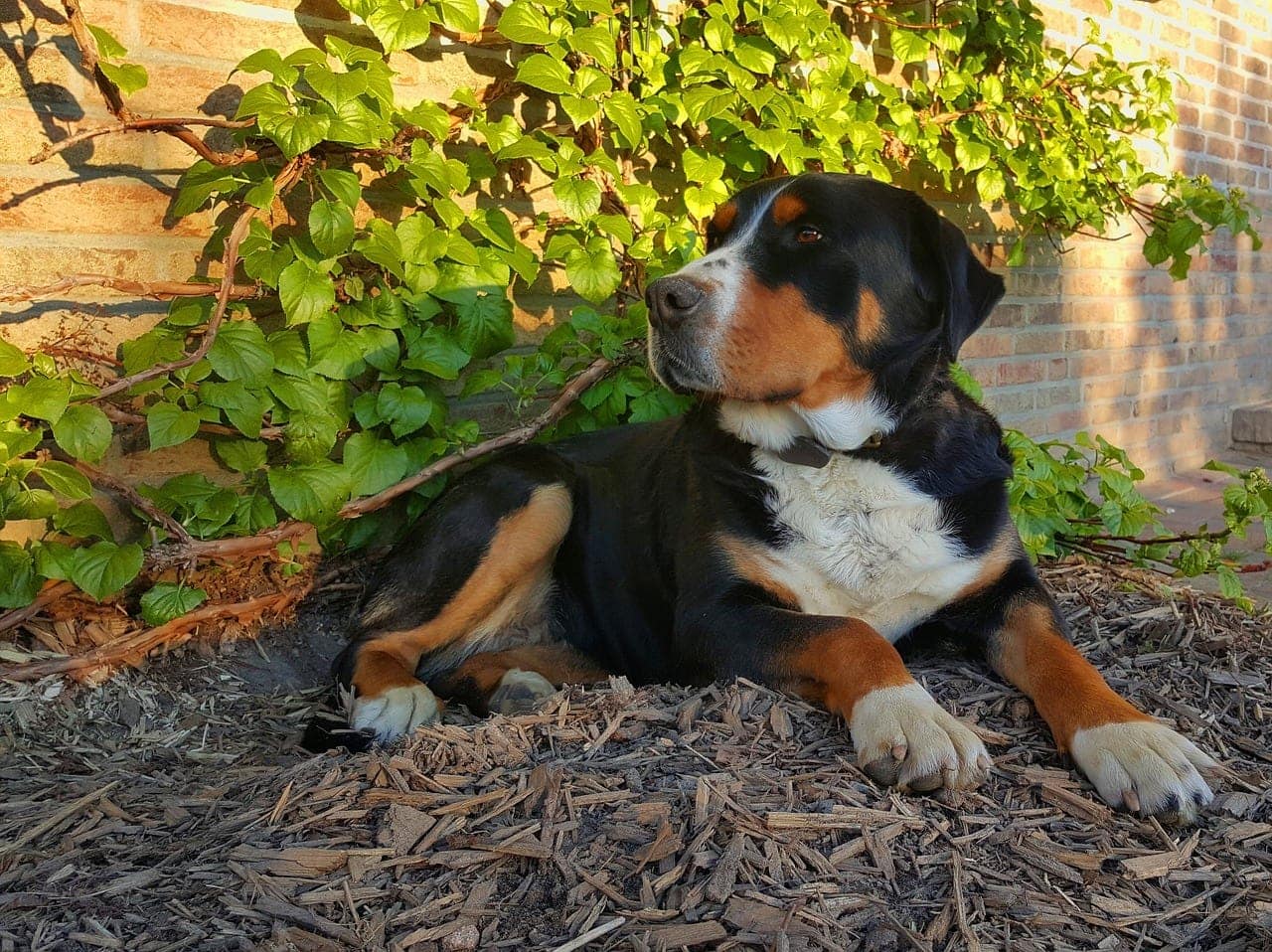
Wood chips are one of the more attractive ways to fill your dog run. Once filled, it will look similar to a planter box. They’re also soft on your dog’s paws and won’t retain any heat from the sun to burn your pups.
But you will have a hard time cleaning up all the mess in wood chips. You can pick up the solids, but the wood chips will absorb the urine, creating a perfect breeding ground for all sorts of bacteria. You’ll also have to replace any wood chips lost from picking up the solid waste.
Wood chips can also become quite a mess. This is especially true if your dog likes to dig. They’ll have an easy time digging up wood chips, scattering them about the area for you to clean up. You’ll also likely experience plenty of wood chips being dragged inside, so expect to have to pick them up regularly. Pros
Cons
What is a Dog Run?
A dog run is any dedicated outdoor space or structure for your pooch to run free, scratch, roll, and be her delightful canine self.
You may hear it go by many different names like pet area, backyard dog kennel, dog potty area, etc., but these are the same thing in essence.
Regardless of the design, dog runs don’t require you to supervise your dog.
Rather, they’re pet-friendly enclosures made to keep pups safe and out of trouble.
Dog runs protect your dog, as well as the other elements or occupants of the yard.
Exercise is crucial for healthy, happy dogs.
Some breeds even grow anxious or destructive without it and will dig, pace back and forth (creating ruts), or scratch to get the exercise they need.
A dog run provides a designated area for your dog to run, play, and go to the bathroom without destroying your yard.
Bear in mind that dog runs are intended to be temporary shelters and safe places for dogs to exercise.
They’re NOT meant to house pets full-time.

Different Types of Dog Run Ideas
Like homes and parks, there are a variety of dog runs that meet a variety of canine needs.
Some are simple and small, while others are large and elaborate.
A number of factors will influence what design is best for you and your pup.
Consider things such as:
Each of these will play into how large and complex your dog run should be.
For the purposes of this post, we’ll be focusing on pet enclosures or outdoor dog kennels.
Before delving into how to construct a dog run, let’s explore the different varieties of dog runs available.

How to Build an Outdoor Pet Area Your Dog Will Love
Many families like to create an area in their backyard that can specifically be used for pottying their dogs. The advantages to creating this type of outdoor space are hard to deny. Cleaning up dog poop from rock or gravel surfaces is a breeze and providing dogs with access to a space that is designated for their bathroom use is a great way to keep grass from stains and damage that frequently occur from feces and urine. If you’re thinking of adding an outdoor dog run or potty area to your backyard, you’ll need to figure out which type of rock is the most practical both economically and environmentally. Another important consideration is the effects the selected rock will have on the dog’s sensitive paw pads. With all of these things in mind, what is the best kind of rock for an outdoor dog run?